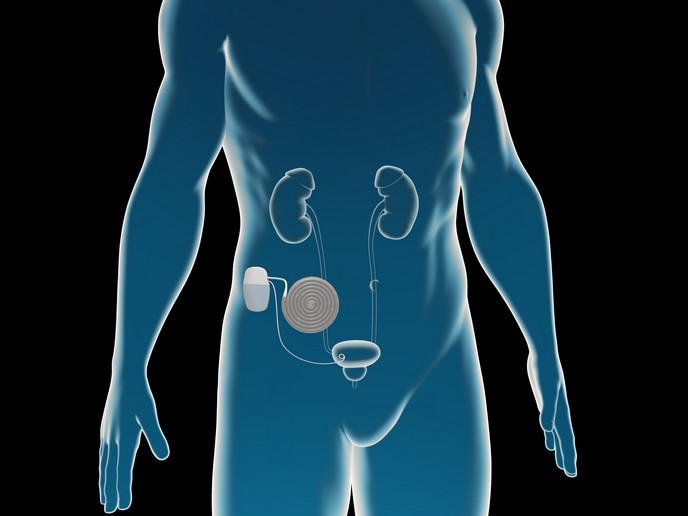Molecular therapies for heart failure
Heart failure constitutes a primary cause of hospitalisation and death in developed countries. Sustained pathological hypertrophy seems to be one of the major predictors of sudden cardiac death and is driven by alterations in transcriptional and post-transcriptional regulation. Recent studies indicate that genome-encoded single-stranded small RNAs known as 'microRNAs' (miRs) play a central role in heart development and failure. miRs inhibit gene expression through translational repression and their selective modulation can provide therapeutic benefit in preclinical models. This evidence strengthens the idea for using miR modulators as candidate therapeutics. The scope of the EU-funded PATCH (Targeting the miR-106b~25 cluster in pathological cardiac hypertrophy) project was to understand what factors are responsible for cardiac hypertrophy. Considering recent evidence implicating deregulated miRs in heart failure, researchers focused on the miR-106b~25 cluster, which decreases during pathological hypertrophy in mice. Loss of the miR clusters ─ miR-106b~25 and miR-17~92 ─ leads to embryonic death as a result of severe cardiac defects, indicating their essential role in heart development. The consortium performed a bioinformatics screen to identify potential direct downstream targets of the miR-106b~25 cluster that may play a role in pathological cardiac remodelling. They discovered a network of genes implicated in pathological hypertrophy in addition to a series of new genes. Project findings underscore the importance of the miR-106b~25 cluster in heart pathologies and have opened up new avenues for therapies to prevent heart failure.







